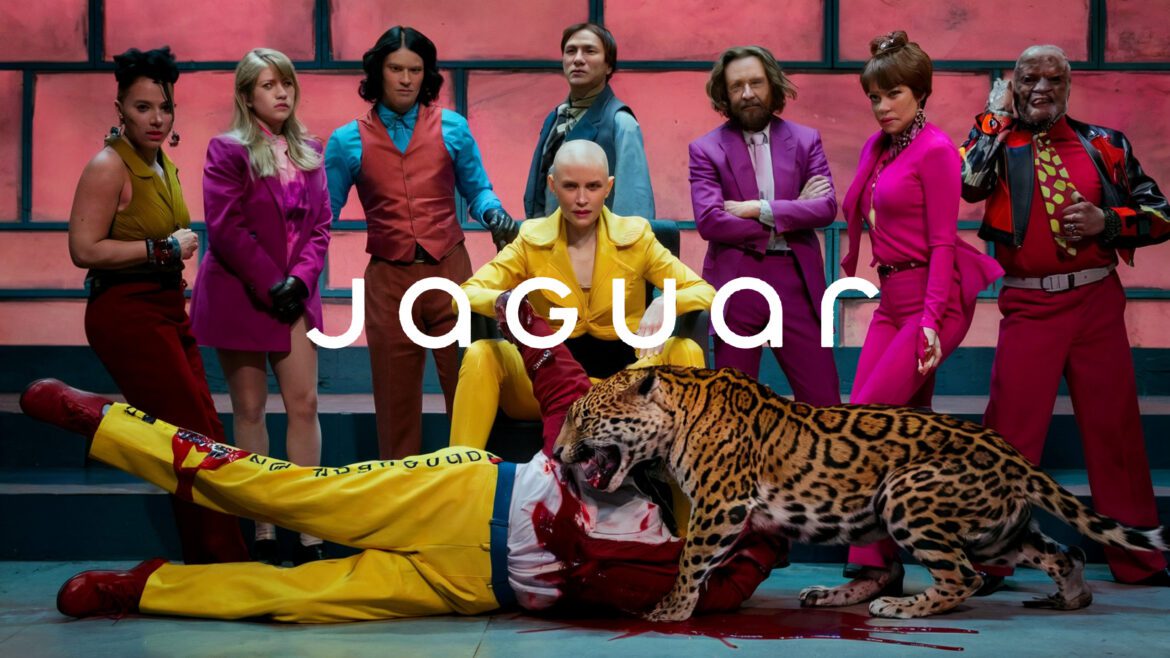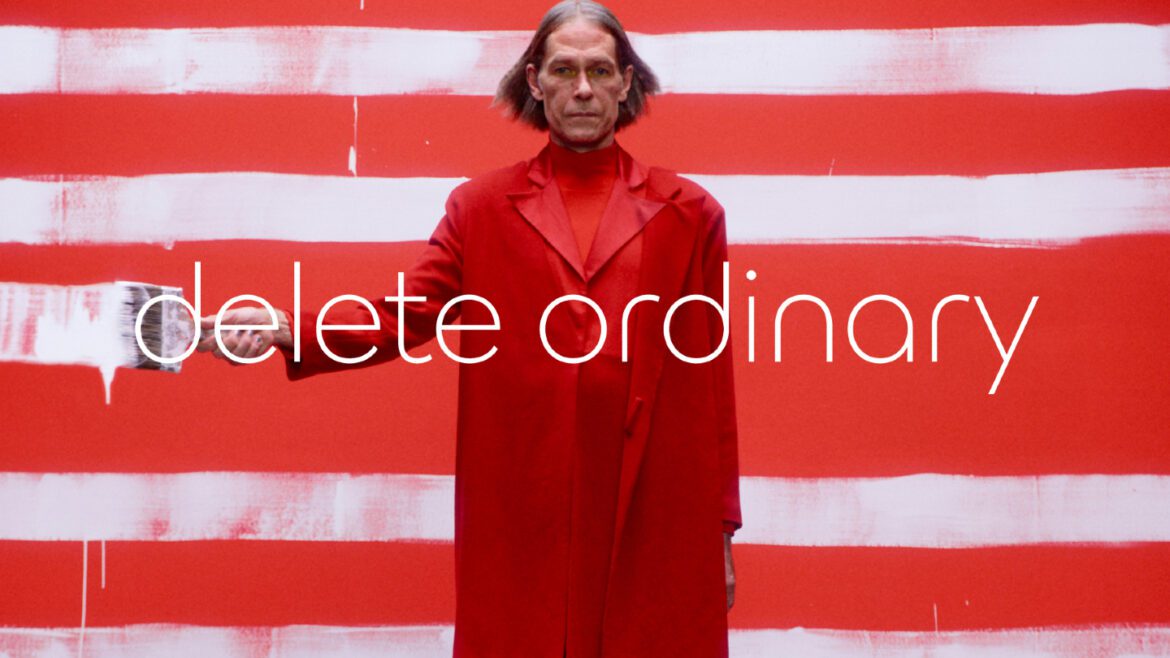Jaguar Rebrand: Still Angry, But At Least I’m Not Alone
https://www.kraabel.net/wp-content/uploads/2024/11/JAGUAR_PART2-1024x576.jpg 1024 576 Michael Kraabel Michael Kraabel https://www.kraabel.net/wp-content/uploads/2024/11/JAGUAR_PART2-1024x576.jpgAfter spending the night tossing and turning over Jaguar’s new branding campaign, I did what any frustrated car lover would do: I dove into the online discussions. What I found didn’t ease my frustration, but it did make me feel less alone. People across automotive forums and social media are echoing my thoughts—this rebrand has…
read more



